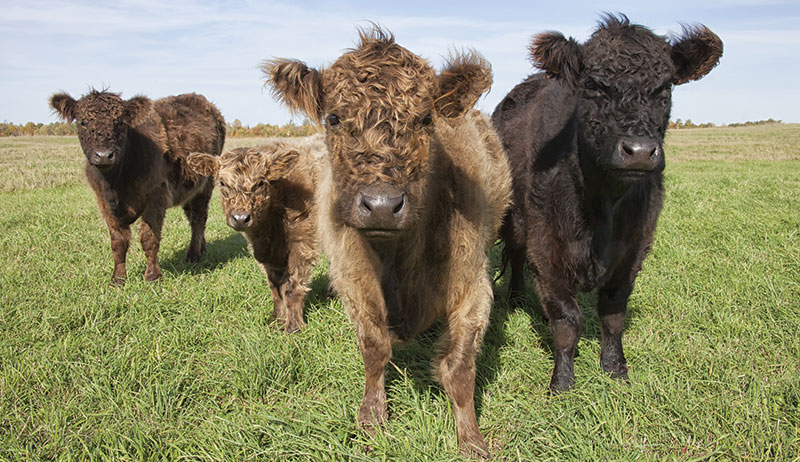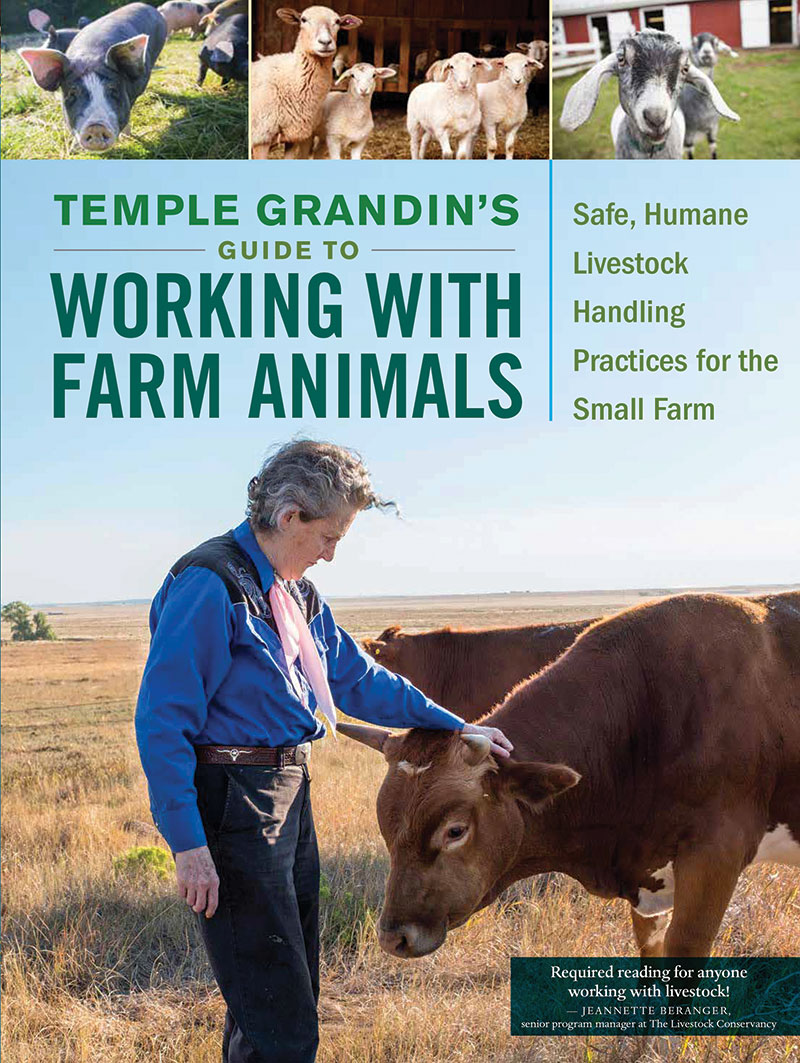
Cattle corral designs are important for safety and efficiency for the animals and humans that use them. Here is an easy-to-construct facility for five to 10 cows.
I have designed 11 new working facility layouts that can be easily constructed from portable panels and other pre-manufactured components. All the designs take advantage of the behavioral principles of animals wanting to go back to where they came from.
The entrance to the single-file race or double-file race can be equipped with either a sliding entrance gate or one-way backstop gates. Animals usually move more easily through a facility if they don’t’ have to push up one-way backstops and go through them. A common mistake is to install too many backstops or make the pivot points too low for tall animals.
Also Read: Protect Your Garden: Make a Chicken Corral in Your Yard
Some commercially available one-way backstop gates are designed so that they can be opened easily and then held open. This type is strongly recommended. Some backstops are hinged on the side of the single-file chute.
Backstops that are hinged on the top are preferable because they are usually easier to hold open and then close after cattle or sheep pass through. A backstop that pivots on the top can be easily rigged with a remote control rope. This enables a person who is located in the crowd pen area to hold the gate open for the animals.
Sliding gates are more expensive than backstops, but cattle often will pass through them more easily.
Some other points to consider:
- The best chute and corral designs use the behavioral principle of cattle, sheep and other livestock wanting to go back to where they came from.
- Round tub systems take advantage of the natural tendency of cattle to circle around the stockperson.
- Bud box systems are simple and economical, and they work well for cattle.
- Simple, efficient designs for sheep and goats utilize full- or half-circle round tubs.

Adjusting the Chute Size
Many commercially available single-file or double-file chutes are designed so that they can be adjusted for different-sized cattle. When shopping for chute sections, look for ones that are easy to adjust. Straight sections are often easier to adjust than curved sections. Another option is to have two chutes with stationary sides, one for adult cows and another for calves or sheep.
There have been many discussions about straight chutes versus V-shaped, single-file chutes. A stationary, V-shaped chute can handle a variety of cattle sizes with no adjustment. The disadvantage is that large cows from breeds that have really wide bodies may have difficulty walking through them. V-shaped chutes work well for younger cattle handled in feedlots.
A Simple Cattle Corral

This easy-to-construct facility is for five to 10 cows. The dotted line shows the pathway of the cattle through the facility. The pasture entrance is positioned to take advantage of the natural behavior of cattle to return to where they came from.
The handler works the animal’s flight zone and point of balance along the fences of the inside area. The outer fences are covered if there are distractions outside the facility such as vehicles and people walking by.
A handler working in the inner area takes advantage of the animal’s tendency to circle around him or her. To load stock trailers, the trailer is backed up to the entrance of the holding alley. All catwalks are eliminated, and the inner fences are open on the top so that the handler can remain on the ground. This layout can be easily built from portable fence panels.

Excerpted from Temple Grandin’s Guide to Working with Farm Animals © by Temple Grandin, photography by ©Jason Houston, used with permission from Storey Publishing.
This story about cattle corral designs originally appeared in Hobby Farms magazine. Click here to subscribe.




